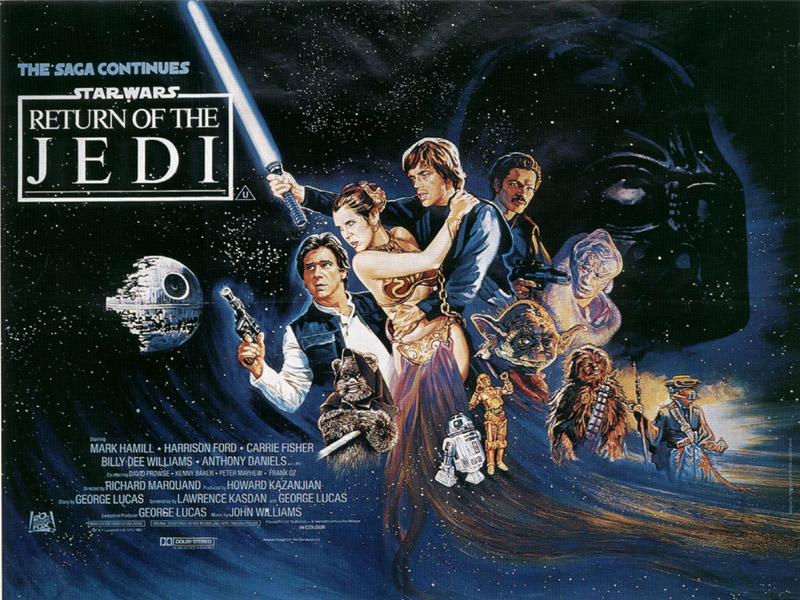 |
| Stock trading on the New York Curb Association market, 1916 |
Historically, most databases and ledgers have been maintained at a central hub. In order to get access to this information, users have had to walk into the building that houses the records, or sign into a server that stores them. Bitcoin, litecoin, Ripple, and other cryptocurrencies all demonstrate the possibility of distributing a database away from its center. Rather than a hub doing all the work, networks of independent nodes can store, maintain, and update the database. Bitcoin's ledger, the blockchain, is probably one of the best examples of a real living distributed database.
A few weeks ago I had some fun speculating that one of the worlds most important centralized ledgers, the Federal Reserve's Fedwire system housed in East Rutherford, New Jersey, might one day be converted into a bitcoin-style distributed ledger. The advantage would be redundancy. Take out a hub and the entire database disappears. Take out a node, and the database lives for another day. Here's some more speculative financial fiction: taking inspiration from cryptocurrencies like Ripple and Bitcoin, might all equity trading one day move from a central order book to a distributed order book?
A market's order book is made up of a list of buyers and sellers, the amounts that each are willing to transact in, and their desired price. It amounts to a supply and demand curve for a given equity.
When early financiers congregated on a curb or under a buttonwood tree to buy and sell stock, the demand and supply curves were visible to anyone who was close enough to see the action. Get too far from the buttonwood tree and the order book was no longer visible. Later on, trading migrated into cafés and special rooms. Only those directly on the floor could "see" the current demand and supply curves. Anyone on the edge of the action could get an indication of the order book by communicating with their floor trader via an odd array of hand gestures and signals. An investor outside the building, say Jesse Livermore, had to phone his floor broker for a quote, who in turn had to quickly sign to his trader and then relay the response back to Jesse Livermore. By the time Livermore had the data, the quote on the floor would already be different.
This is one of the defining features of a centralized order book. Access to the information contained therein is tiered. Those closest to the geographical centre have the most current information. Quality steadily deteriorates as one moves away from the hub. Having faster lines of connection into the hub—say a broker and trader who can gesture incredibly quick—can give one trader an informational edge over another.
The order books of modern electronic markets are centralized on powerful computers in suburban data centres. The NYSE's order book, for instance, no longer exists in New York. It can be found in a datacentre in Mahwah, New Jersey, about 30 kilometres from Wall Street. (See map below) One wonders if we shouldn't rename the exchange the NJSE.
View Larger Map
In fact, most of the US's major equity exchanges are run out of datacentres in New Jersey, including the Nasdaq in Carteret, BATS in Weehawken, and Direct Edge out of Secaucus. [See Google Map]
As in times past, it's still very important to be close to the geographic center of a centralized database. Evidence of this is that a large part of the NYSE's Mahwah datacentre is currently rented out to trading firms keen to install their hardware as close as possible to the exchange's own computers. When a new quote is added to the NYSE's order book for a given stock, say JPM, the first tier to receive this information will be those who are co-located next to NYSE's machines. The information will ripple outward from there through T1 fibre optic cables to successive tiers, beginning with those who have set up shop just across the street from the Mahwah datacenter and ending with those who are furthest away, typically retail clients and small institutions.
By the time retail clients and small institutions get to see the order book for JPM, the true order book back at Mahwah will have already been updated with new quotes. Despite not knowing the true book, those on the informational periphery will nevertheless base their trading on the stale quotes they see in their version of the order book. Colocated traders, already apprised of the changes to Mahwah's order book, can take advantage of their superior knowledge and put themselves in a position to profit from relatively uninformed trades flowing back to Mahwah. By virtue of being right next to the central ledger, colocated traders get to "see" the market a few milliseconds ahead of everyone else. Latency wars — the modern competition to decrease time delay over a digital network — is only the most recent chapter in a centuries' long battle to get as close to the central order book as possible.
A centralized order book is hardly democratic since those closest to the hub can consistently use their informational advantage to game those who are furthest away. But no one ever said markets were fair. Nevertheless, too much unfairness in a stock market can be destabilizing. Unlike say a grocery market, a stock market is only as good as its liquidity. If too many investors feel they are being pickpocketed they'll walk away from the market and liquidity will dry up. This hurts all actors in the market, including those at the center. It also hurts equity issuers, since reduced liquidity inhibits their ability to raise capital.
Which brings us back to bitcoin and the idea of a distributed ledger. Here we have a solution to the tiered nature of information reception from a central hub. Why not have a network of independent nodes store a stock's order book, listen for new quotes and trades, verify the identities of traders, and update the distributed order book? The neat thing about storing data in a distributed fashion as opposed to a hub is that information is freed from geography. Rather than sitting on a computer in Mahwah, New Jersey, the order book is everywhere. This would help to mitigate the unfairness issue that plagues central order book markets.
Exchanges like NYSE Euronext, NASDAQ, and BATS would suffer. These businesses make plenty of money by charging people to get as close to the order book as possible. Think fees for membership, seats, data access, and colacation. Put a stock's order book in a distributed database and the premium people are willing to pay for access no longer exists.
Distributed order books are not science fiction. If you do want to see one in action, head over to Ripple. The ripple client lets anyone see a distributed order book for claims denominated in multiple currencies including bitcoin, USD, and euros.
On inequalities caused by latency, read Latency Arbitrage: The Real Power Behind Predatory High Frequency Trading by Arnuk and Saluzzi and Latency Arbitrage, Market Fragmentation, and Efficiency by Wah and Wellman.
Here's an 2005 paper on Peer to Peer Securities Trading by Gehrke, Daldrup, and Seidenfaden












